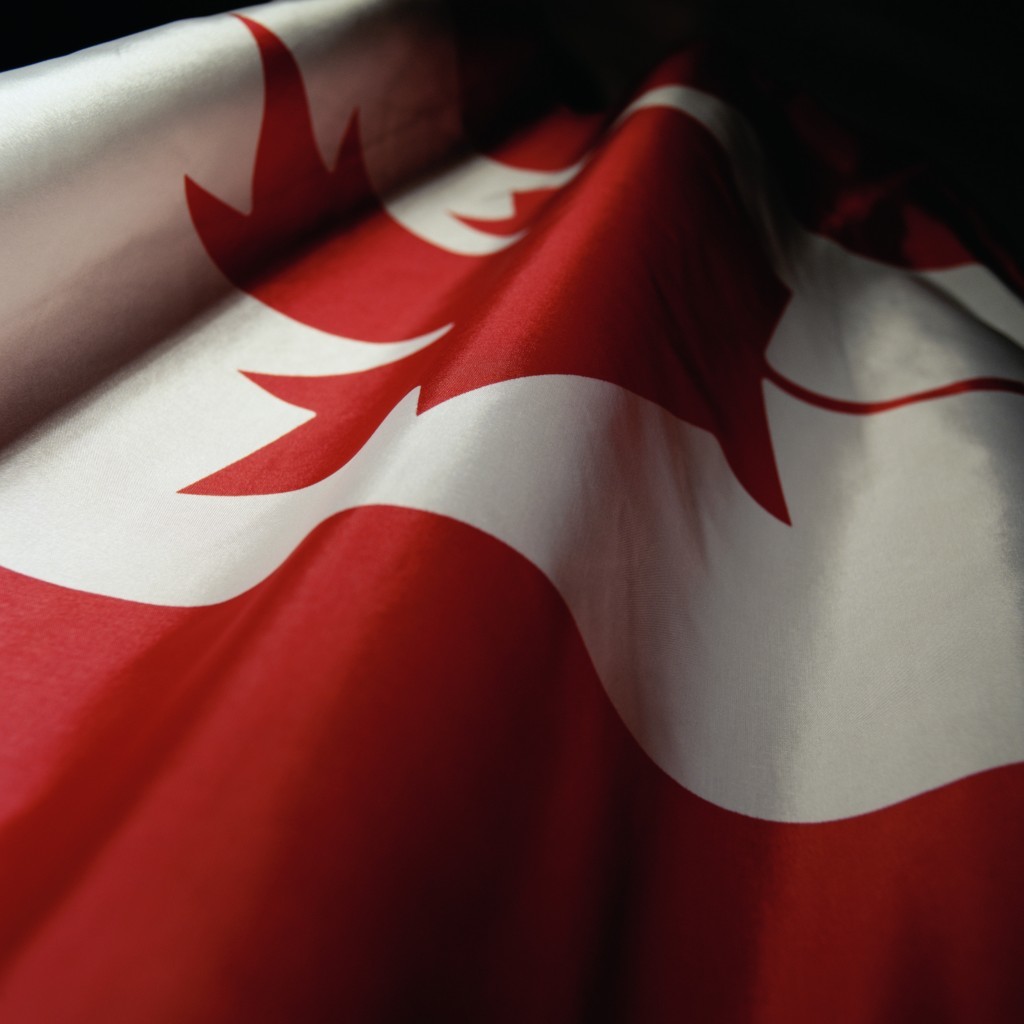
A change to an obscure shipping law is helping draw major oil companies to an area off Canada’s east coast that may rival the North Sea for its production potential.
Exxon Mobil Corp., Chevron Corp., Statoil ASA, BG Group Plc and BP Plc are among the companies that committed to spend C$1.2 billion ($934 million) in auctions last November by the province of Newfoundland and Labrador for seven parcels off the coast. Now the government is adding 13 new parcels in an auction set for this November, as the removal of a decades-old shipping restriction opened the area to more vessels seeking oil and natural gas.
In the past, the sole domestic seismic ship used to locate potential oil deposits was operated by a Canadian company, Geophysical Services Inc., or GSI. That’s because the nation’s maritime law gave domestic businesses the ability to block the use of foreign-owned vessels. That barrier was removed in 2012, and since then a small squadron of ships has been collecting offshore data on more than 82,000 square kilometers (32,000 square miles) in partnership with the regional government. That data, available to companies in the next auction, more than doubles the area for exploration. Last year, five ships were collecting data off the province’s coast.
“What we are seeing here is similar to North Sea Norway in terms of its potential,” said Ed Martin, the former chief executive officer of Nalcor Energy, the province’s oil company, who spearheaded efforts to open new offshore areas and cited Norway as a model.
The exploration blocks awarded last year may hold as much as 12 billion barrels of oil, several times bigger than the province’s biggest field Hibernia, according to Nalcor. The 13 new parcels to be auctioned are in the Eastern Newfoundland and Jeanne d’Arc areas. The province is expected to offer as much as 2 percent more area annually thereafter.
Norway, pumping about nine times more offshore crude than Newfoundland and Labrador, has drilled eight times as many exploratory wells off its coast, according to Nalcor data. Oil has helped make the Nordic country Europe’s second richest per capita behind Luxembourg, according to World Bank data.
That promise is spurring Canada’s energy hopes even after prices cratered. Crude’s drop from more than $100 a barrel in 2014 to below $30 earlier this year hit the provincial economy hard. Offshore royalties account for just 9 percent of revenue in the Newfoundland Labrador 2016-2017 budget, down from 37 percent two years ago.
While results from the first auction show promise, the price of oil remains low at around $45 and drillers have trimmed their budgets.
“It’s not an ideal macro situation for Newfoundland expansion,” said Mark Oberstoetter, lead analyst for upstream research at Wood Mackenzie in Calgary. “We are seeing exploration spending activity cut around the world.”
BP and Chevron declined to comment on their interest in the area. Statoil, Exxon and BG’s owner Royal Dutch Shell Plc didn’t immediately respond to e-mails or phone calls seeking comment.
Similar to the U.S. Jones Act, that old shipping law, known as the Coasting Trade Act, was written to protect Canadian-flagged vessels from foreign competitors in domestic waters. Included in its remit were seismic vessels, even though only one was registered in Canada before 2011, according to PennEnergy Research, which tracks ships. That vessel belonged to GSI.
Under the law, companies that wanted to use a foreign vessel for testing would have to apply for a license. Canadian-based firms could object, often blocking approval. That occurred six times between 2000 and 2006, with GSI the blocking company, according to Wes Foote, Newfoundland’s assistant deputy minister for petroleum development.
In 2011, Nalcor partnered with Asker, Norway-based TGS Nopec Geophysical Co ASA and Oslo-based Petroleum Geo-Services ASA to invest in a multi-client 2D seismic survey of the province’s waters. The plan was hindered by the Coasting Trade Act, spurring the government to change the law’s wording on seismic vessels.
Not everyone is happy with the changes. Paul Einarsson, GSI’s chairman, said amending the act wasn’t fair because it targeted “our ship only.”
More 2D seismic data was collected in 2014 than any year since the early 1980s, according to the Canada-Newfoundland and Labrador Offshore Petroleum Board.
Just 5 percent of Newfoundland and Labrador’s offshore waters are currently licensed to companies. The province’s total offshore area is bigger than Norway’s section of the North Sea, according to Nalcor.
Energy producers now operate three platforms: Hibernia, Terra Nova and White Rose. Combined, they had output of about 70 million barrels last year, almost half what was produced when output peaked in 2007, provincial data show. The 150,000 barrel-a-day, Exxon-led Hebron project is scheduled to start production next year.
“What we see really is almost like a renaissance in Newfoundland and Labrador,” Robert Cadigan, chief executive officer of the Newfoundland and Labrador Offshore Industries Association, a trade association.